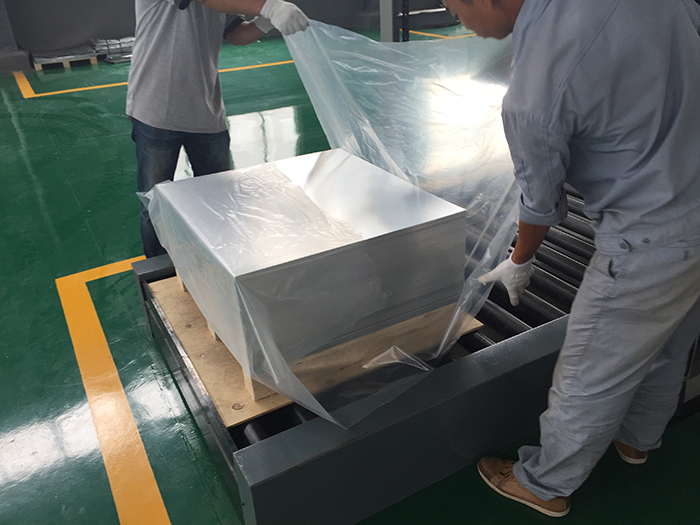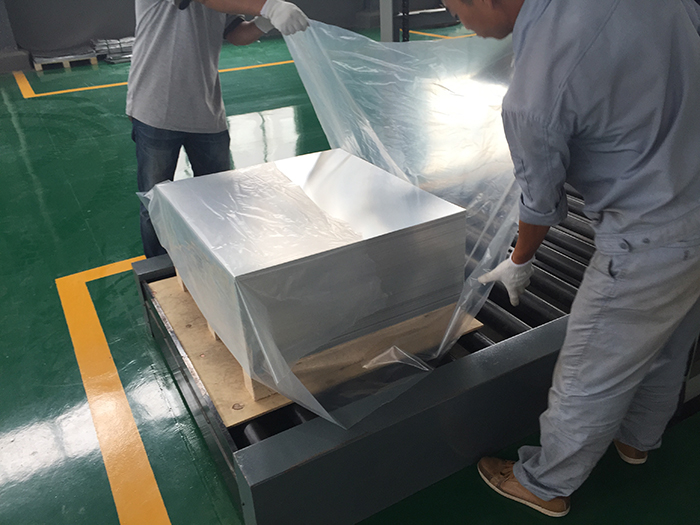Introduction of brazing of aluminium alloys 4343 4047 4045 4004Aluminum silicon solder (4000 series) has good wettability, excellent corrosion resistance of brazed joints, certain plasticity and can be processed into wires and sheets, so it is widely used. The disadvantage of Al Si solder is its high melting point, which must be paid attention to during operation...
Introduction of brazing of aluminium alloys 4343 4047 4045 4004
Aluminum silicon solder (4000 series) has good wettability, excellent corrosion resistance of brazed joints, certain plasticity and can be processed into wires and sheets, so it is widely used. The disadvantage of Al Si solder is its high melting point, which must be paid attention to during operation. This solder can be used for furnace brazing and flame brazing of aluminum and aluminum alloys. It shall be used in conjunction with qj206 or qj201 during brazing.

Brazing of aluminium alloys 4343 4047 4045 4004
Aluminum base solder aluminum silicon alloy has low melting point and good fluidity, so it is suitable for brazing. Typical aluminum base solders are 4343, 40474045 (American brand) and 4004 alloy. The main chemical composition and characteristics are listed in Table 1. 6951 (American brand) alloy among industrial pure aluminum, aluminum manganese alloy and aluminum magnesium silicon alloy have good brazing performance. They can be brazed with the above aluminum base solder. 6061, 6053 (American brand) and 6063 alloys in aluminum magnesium silicon system also have good brazing performance, but because their initial melting temperature is lower than that of industrial pure aluminum and aluminum manganese alloys, the brazing temperature should be strictly controlled to prevent over burning. 4004 solder contains magnesium, which is suitable for vacuum brazing. In the brazing process, the magnesium vapor reacts with the residual oxygen and water in the furnace to purify. The magnesium vapor also inhibits the reoxidation of the brazed aluminum alloy.
Aluminum alloy brazing plate is usually a composite plate composed of aluminum manganese alloy (Chinese brand 3A21, 3003) core material and aluminum base solder coating. The brand and chemical composition of Chinese aluminum alloy brazing plate are listed in Table 2. The manufacturing process is that the aluminum base solder plate is placed on one or both sides of the core ingot, preheated to the hot rolling temperature (about 500 ℃), hot rolled, and then cold rolled into a thin plate, and the cladding is completely pressed onto the core. The thickness of the cladding layer is 5% ~ 15% of the thickness of the core material.
Aluminum alloy brazing plate is usually used as one part of brazing assembly, and the other part is brazeable aluminum alloy material without cladding. During brazing, the whole assembly is evenly heated to high temperature in the furnace or salt bath. The solder on the brazing plate melts and flows under the action of capillary and gravity to fill the joints to be connected. Hundreds or more joints can be welded at the same time. They are widely used in the manufacture of various heat exchangers.

















